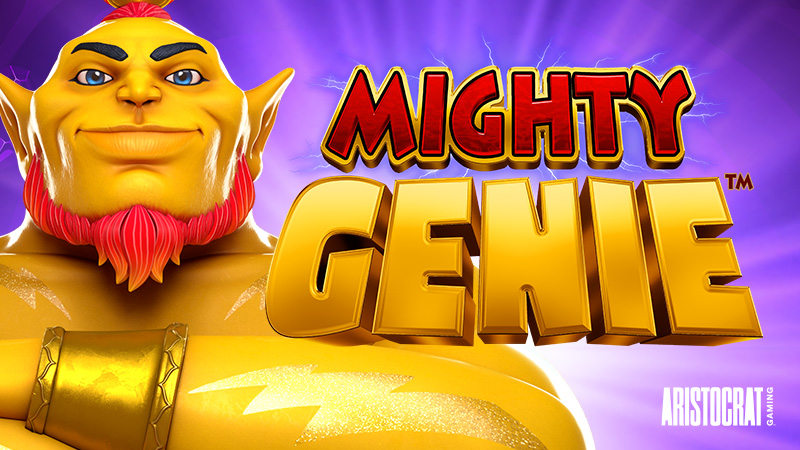TOP 10 QUESTIONS TO ASK ABOUT YOUR TIERED LOYALTY PROGRAM
Top Ten Questions to Ask About Your Tiered Card Program
I first introduced the phrase “Die, Tiers, Die” at the Raving NEXT conference back in 2014. My prophecy hasn’t come true. Tiered card programs haven’t died. And yet, the battle cry remains. The dissatisfaction with tiered card programs is the most recurrent discussion I’ve had in hallways, elevators, and lunches at conferences.
Perhaps a revolution takes time.
The original intent of a tiered card program was to recognize loyalty over time. A card in one’s wallet was a reminder to return. Casinos recognized points earned. Visit more. Spend more. Get more. Cross set thresholds and a patron graduated from one level of status to another. Patrons flashed status throughout the resort to realize heightened levels of recognition, reward, and access.
Then things got more complicated.
The means of earning points expanded. Some points were for spending and some for tier status. Each method of spending came with a different earning schedule. Multiplier days amassed greater spending potential but did not necessarily accelerate tier improvement.
Tiers multiplied as well. From two tiers to three to five and beyond. More tiers. Secret tiers. Entry tiers. Middle children tiers feeling less loved and nurtured. An emphasis on VIP tiers. A dismissal of the lowest tiers.
With internal complexity came external noise. Tiered card programs were the means to demonstrate loyalty with every purchase a patron made. Ubiquity lead to market noise. Market noise lead to apathy.
With this dismal progression, we must ask ourselves if we have lost our way. Has the support of our own tiered card program taken us too far away from our initial intent? Have we created more busy-work to maintain something few believe in?
Here are the top ten questions to ask yourself about your tiered card program:
1. What is tracked play at your property?
If you want to know whether your patrons believe in your program, look at the percentage of revenue that is tracked by carded play. Trust is hard to gain and easy to lose. Keep moving your targets, and trust erodes.
2. How well do you sell your program?
You may think it’s okay to set it and forget it. Your tiered card program may be on autopilot. A robust tiered card program depends upon two things: clarity and consistency. Clarity simplifies the “ask” of participants. You do x and get y. End of story. This message must resonate across all communications beyond the brochure sitting on the club counter. Consistency marks a place where patrons can get more information about their progress. Do they know where to look? Is there a personalized web portal? A kiosk? A window within the monthly mailer?
3. How long do you make them wait?
Is it three months? Is it six? Is it twelve? Do you mark milestones along the way with mini rewards? Why should your best guests have perfect attendance to be recognized with status? How quickly can you recognize progress towards goals you seemingly should both share?
4. Are you focusing on the right guest?
Tiered cards were not made for VIPs. That’s a Host’s job. Tiered cards are there to grant status, provide moderate access, and give a nod to those who will never earn large direct marketing coupons based solely on trip spend. Cumulative theo feeds early status. A tiered card program rewards those who are loyal with trips, but not necessarily with daily spend.
5. Did you do the math?
Is it worth $10,000 of additional spend to be rewarded with a 5% increase in discounts for food? There is an art to placing tiers. Graduating from one level of status to the next should follow the unique shape of one’s database. Focus less on the zeros and perfect increments of 50,000 and more on the value you’re willing to add from one step to another.
6. How well do you brand the program?
You may have a promotions calendar. Do you have one that provides a worthwhile guest experience for each tier? Incorporate tiered card program celebrations with a combination of planned events and seemingly random acts of kindness each month.
7. How sticky is each tier?
There needs to be one compelling reward from one tier to the next. Something worth fighting for. A long list of entitlements pales in comparison to one golden benefit to mark each rung on your tiered card ladder.
8. Do you incorporate an element of surprise?
Think like Willy Wonka. Each tier is a golden ticket to a new experience. Misstep and a patron gets flushed out of the group. Aspiration is more exciting than experience. Give your patrons within each tier something unexpected to brag about.
9. Do you follow your own rules?
Promote often. Demote regularly. End of story. Think ahead regarding the guest experience of different play patterns. Don’t build a program where seasonal players earn for a season, enjoy status when they’re out of town, and then jump back on the treadmill upon return. Don’t force a program that you can’t police.
10. If you can’t measure it, don’t include it.
There are ways to recognize patronage with status apart from a plastic card. If you have different businesses that are worth recognizing, then design ways to recognize patrons based upon their siloed spend in ways that make reinvestment sense. A bingo player’s patronage can be tiered. A poker player’s patronage can be tiered. We don’t need to add complexity by making tiered card soup. Circle back to your intent. Recognize and reward. Do what you can with what you have. If it’s too complex for you to force a tiered card algorithm into existence that gives a nod to all spend, don’t do it. A brilliant reinvestment algorithm will be equally as hard for players to understand it.
We can do this. We can make tiered card programs work. Or we can make recognition work without them. What we can’t afford to do is to let apathy devalue our intent to recognize and reward.
Guest Post By Nicole Barker













